Lenovo and Qualcomm collaborate on 5G 'Project Limitless' always-connected PC for 2020
5G Windows 10 PCs powered by Qualcomm are coming next year, and this is the first one
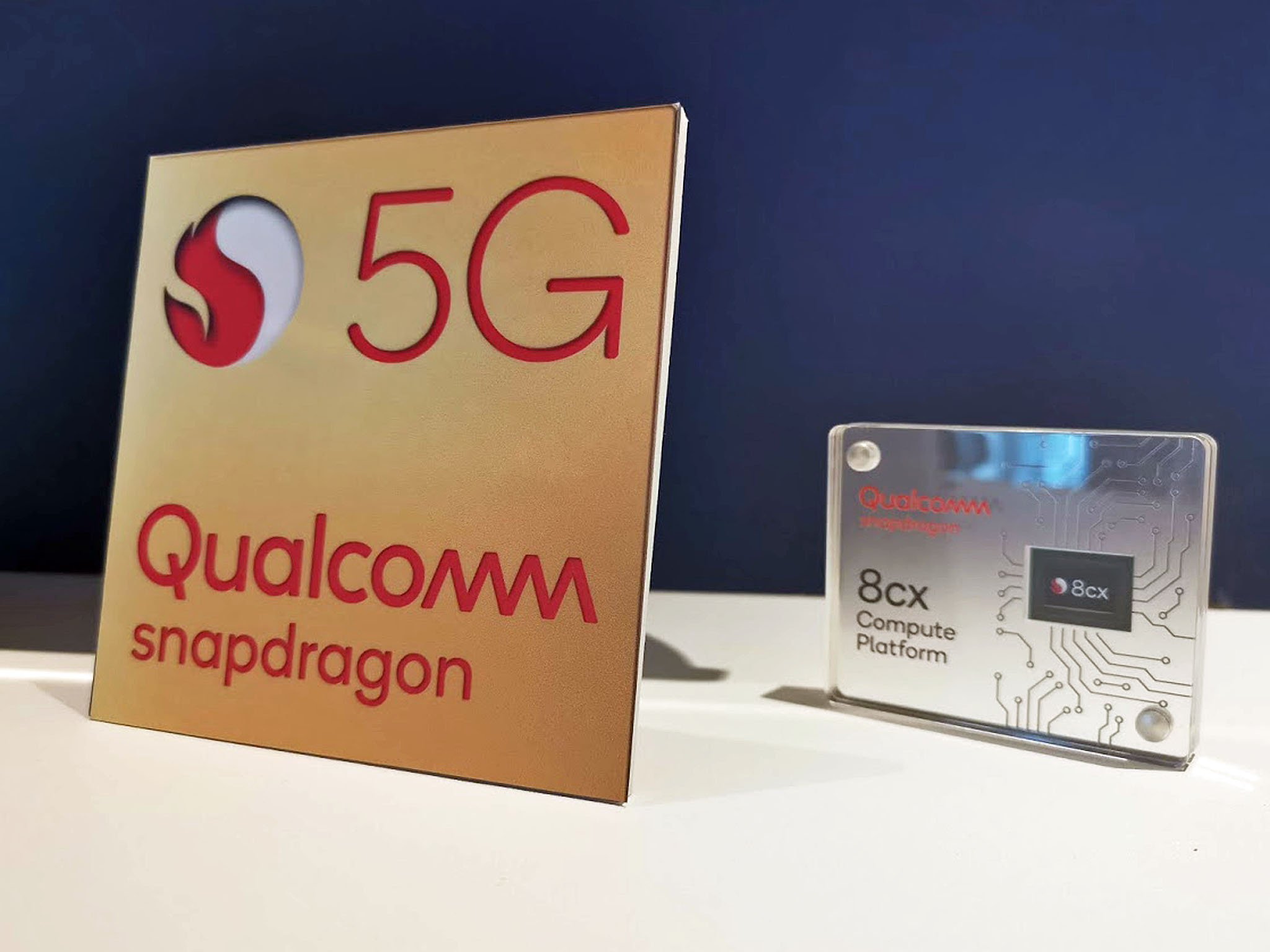
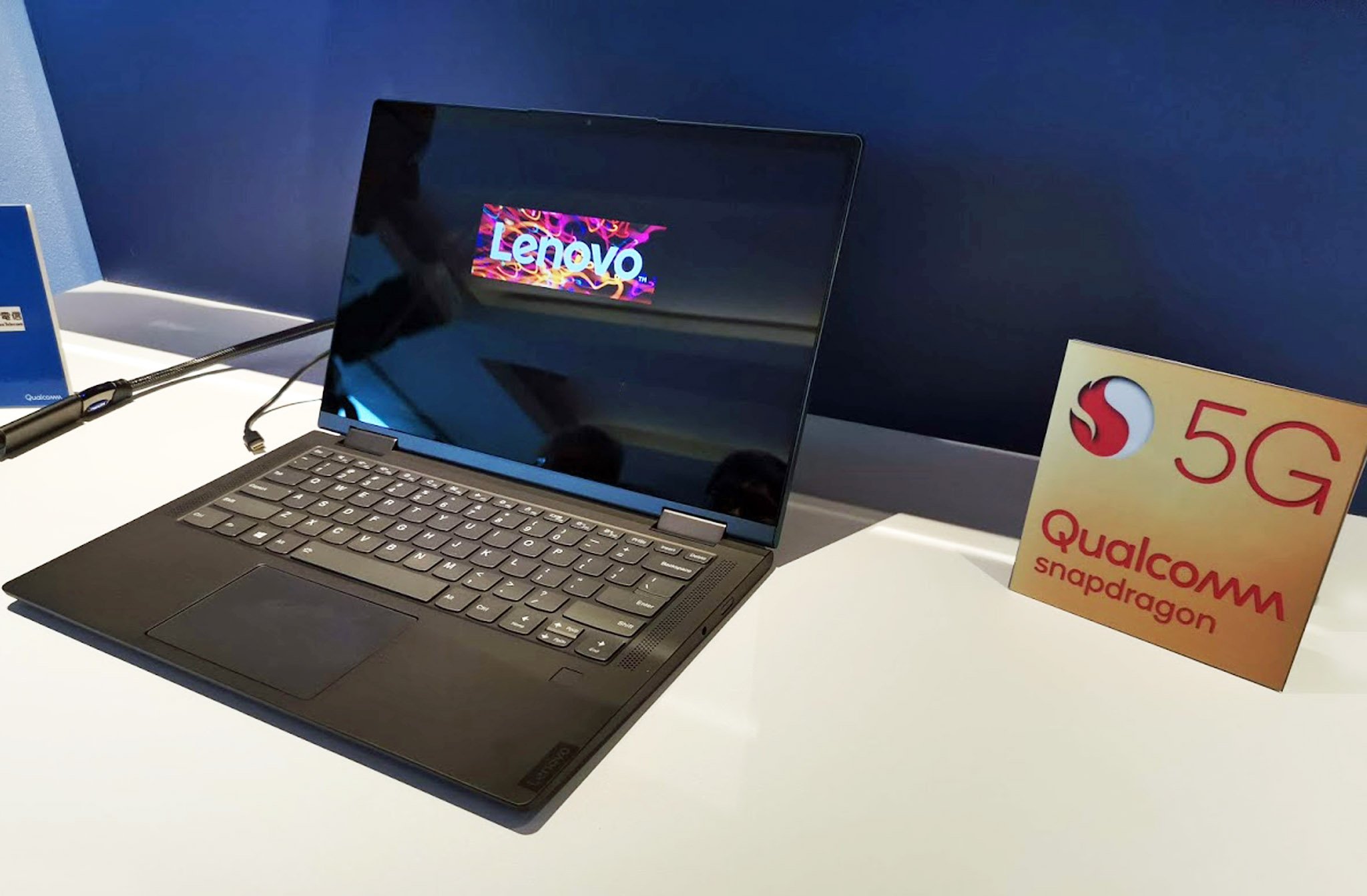
What you need to know
- Lenovo and Qualcomm have been working on a 5G laptop.
- "Project Limitless" uses the Snapdragon 8cx and X55 5G modem.
- Press were allowed to see a working 5G demo.
- Lenovo's 5G ARM laptop is due in early 2020.
Today in Taipei, Lenovo and Qualcomm revealed the early stages of "Project Limitless," a new partnership between the two companies to bring 5G abilities to Always-Connected Windows PCs. The collaboration has been "years-long" with the two companies engineering the new laptop to deliver the best of Windows 10 and the latest mobile network to the masses.
Members of the press were allowed to see an early prototype of the laptop including working 5G, which resembles the current Yoga C630 but with thinner bezels and some refined hardware features.
Powered by the forthcoming Snapdragon 8cx processor and the new X55 5G modem the new laptop is set to usher in a new era of productivity across the world for users traveling and on-the-go. Johnson Jia, senior vice president, and general manager, Consumer Business of Intelligent Devices Group, Lenovo, summed up the new device and partnership:
With real 5G in a PC, it's all about satisfying users' need for speed: faster file transfers and streaming in 4K, 8K and even AR/VR; faster and higher quality video chats on-the-go; even faster screen refreshes for mobile gaming. When we say limitless connectivity, we mean it – 5G PC users the world-over will save time, stay productive, or get online entertainment from nearly anywhere, at any time
Lenovo goes on to explain real-world use scenarios for such a powerfully connected 5G laptop:
Imagine enabling real-time translation when conversing with others around the world as users converse in English with their Mandarin Chinese-speaking colleagues. Or, film students collaborating online while editing video footage in real-time and then upload the finished film almost instantly. Lenovo's ultraportable 5G laptop2 paired with Snapdragon 8cx's ultra-low latency and extreme performance is engineered to make these, and many other, scenarios possible.
The Snapdragon 8cx processor is a 7nm ARM chip that competes with and reportedly beats Intel's Core i5 processor in specific scenarios even when running the app emulation layer for x86 applications. Qualcomm benchmarked the Snapdragon 8cx for the press at Computex this week proving its capabilities.
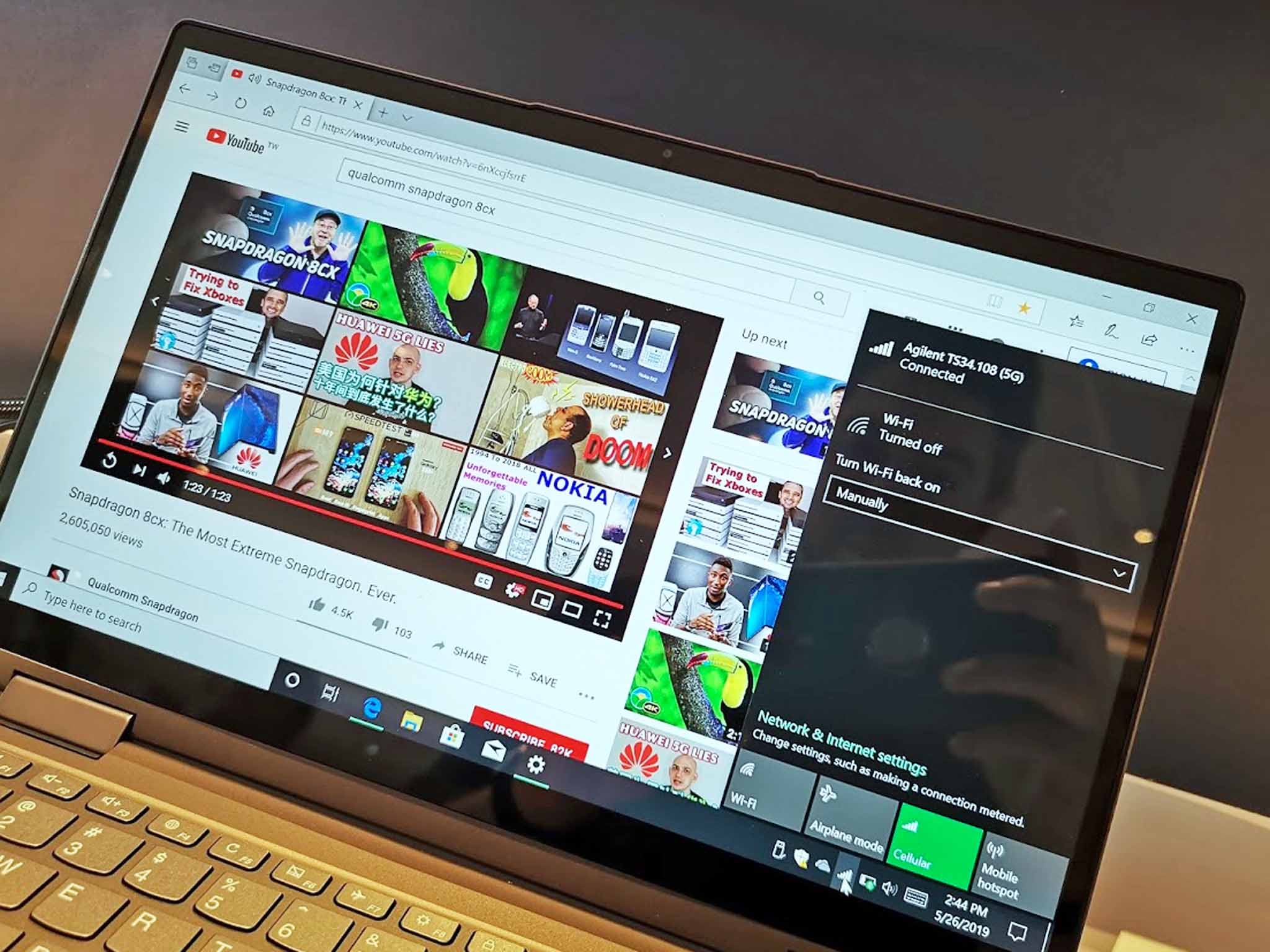
Qualcomm's Snapdragon 8cx processor was announced in December 2018 with the optional 5G X55 modem following a few months later at Mobile World Congress. While devices with the Snapdragon 8cx processor and 4G LTE modem are due in the coming months the X55 5G modem – which sits on top of the 8cx – is not expected until 2020.
No pricing, release date, or specifics on features were announced for Project Limitless including its final name. Lenovo did, however, mention "early 2020" for its release.
Get the Windows Central Newsletter
All the latest news, reviews, and guides for Windows and Xbox diehards.
Cheap PC accessories we love
Take a gander at these awesome PC accessories, all of which will enhance your Windows experience.
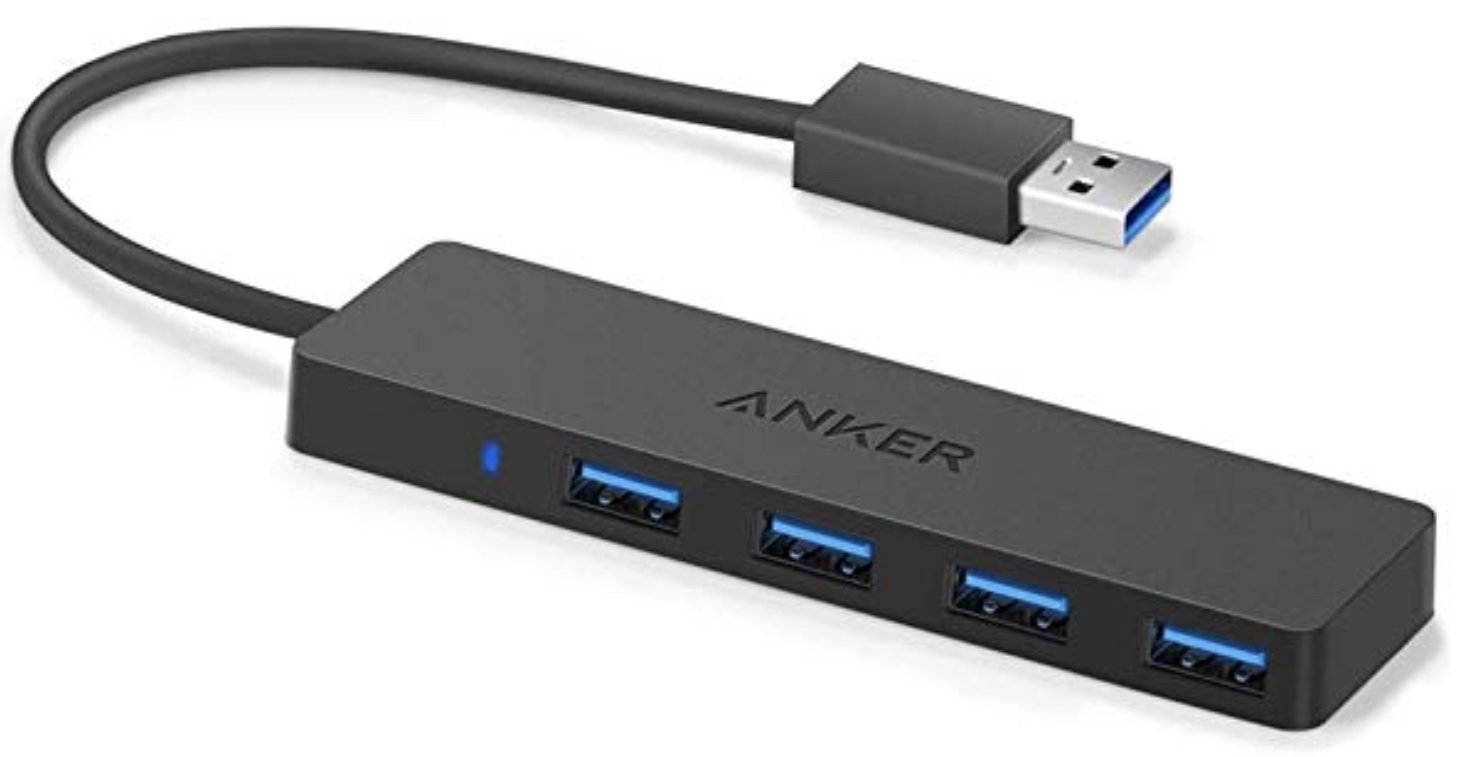
Anker 4 port USB 3.0 hub ($10 at Amazon)
Whether on a desktop or laptop PC, you always need more ports to connect things to. This hub gives you an additional four USB 3.0 Type A ports.
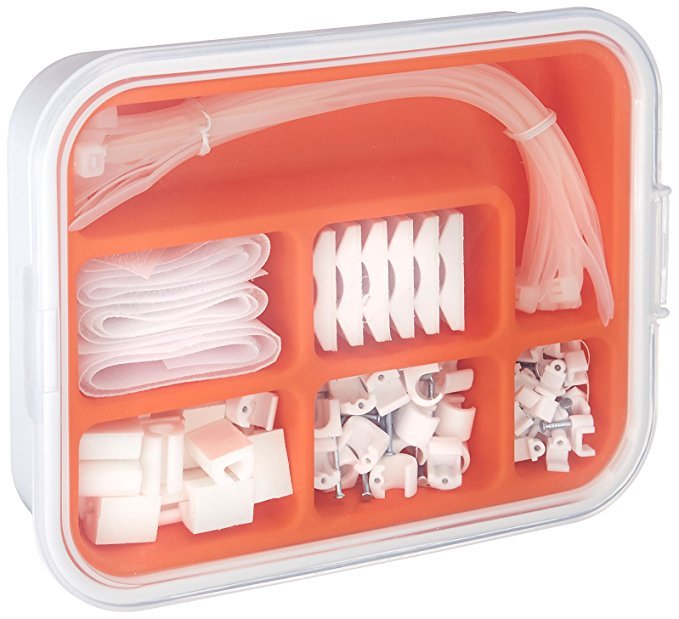
Ikea Fixa Cable Management System ($11 at Amazon)
This IKEA cable management kit is your ticket to a clean setup. It's simple and functional.

NZXT Puck ($20 at Amazon)
This clever little accessory has powerful magnets on the rear to make it stick to any of the metal panels on your PC case or anything else. It's great for hanging accessories like headsets.

Daniel Rubino is the Editor-in-chief of Windows Central. He is also the head reviewer, podcast co-host, and analyst. He has been covering Microsoft since 2007 when this site was called WMExperts (and later Windows Phone Central). His interests include Windows, laptops, next-gen computing, and wearable tech. He has reviewed laptops for over 10 years and is particularly fond of 2-in-1 convertibles, Arm64 processors, new form factors, and thin-and-light PCs. Before all this tech stuff, he worked on a Ph.D. in linguistics, performed polysomnographs in NYC, and was a motion-picture operator for 17 years.
